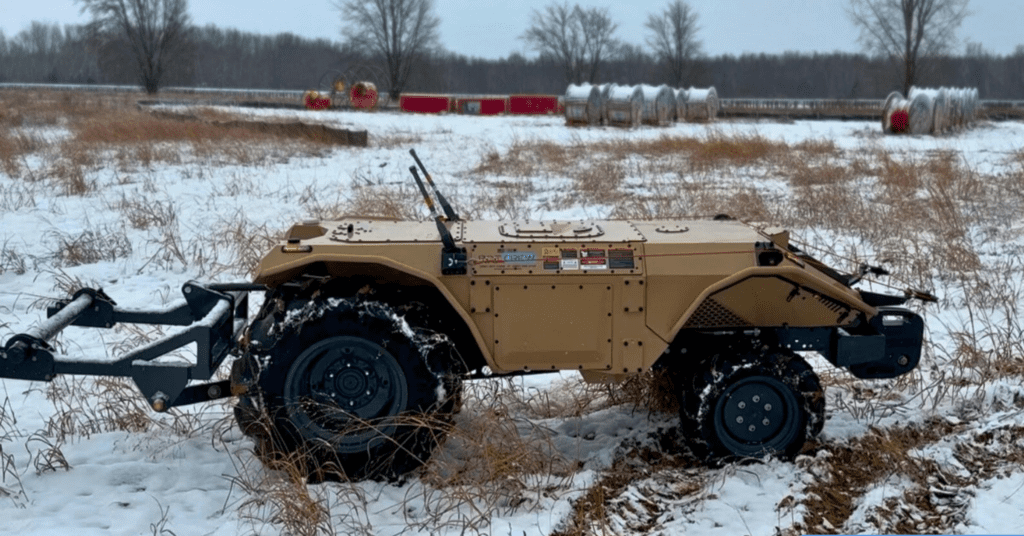A Forward-Thinking Proposal: Autonomous Mowing on Minnesota Highways
As Sen. John Jasinski navigates the often-infuriating traffic on his commute from Faribault to the Capitol in St. Paul, he can’t help but wonder: is there a better way? Known for his pragmatism, the Republican senator encounters the notorious sight of highway traffic stalled behind oversized mowers. In a recent interview, he voiced the familiar frustration many drivers share, asking, “Couldn’t it be done in a better way, especially with technology being what it is?”
A Unique Legislative Proposal
Inspired by the inefficiencies of traditional mowing methods, Sen. Jasinski took action this January by introducing a bill that allocates $150,000 for a study on autonomous mowing technology along Minnesota’s state highways. Imagine the scene: robot mowers gliding quietly along the road’s edges, handling the grass while safety is prioritized. While it sounds like something fresh out of a sci-fi flick, it’s a glimpse into the potential future of highway maintenance.
Despite the pressing issues on today’s legislative agenda—such as balancing a state budget, tackling fraud in state operations, and even discussing sports betting—Jasinski’s quirky yet practical proposal has garnered striking bipartisan support. Democrat Sen. Scott Dibble from Minneapolis is a co-author, and the initiative recently received unanimous backing from the Senate Transportation Finance and Policy Committee, which Jasinski co-chairs.
Addressing Concerns Around Job Security
While the bill’s momentum is promising, it hasn’t come without its challenges. The Minnesota Department of Transportation (MnDOT) has expressed a somewhat lukewarm response to the initiative. Concerns are also looming about job security for the workers who currently take on these tasks. Unions representing these workers are apprehensive about how automation could impact jobs, although there has been no recent comment from the American Federation of State, County and Municipal Employees (AFSCME).
However, advocates of the bill, including Jasinski, believe that using autonomous mowers could make the work environment significantly safer. With mowing taking place on the non-highway side of guardrails, MnDOT workers would no longer be required to stand uncomfortably close to constant traffic, making the task less hazardous.
Current Innovations in Autonomous Mowing
Interestingly, MnDOT is already testing the waters with automation; they currently employ two radio-controlled autonomous mowers to tackle steep inclines along highways in the Twin Cities and Duluth. According to MnDOT spokesperson Anne Meyer, these areas pose challenges that make human operation risky, showcasing how adaptable technology can effectively fill gaps in this line of work.
Final Thoughts
As discussions around Sen. Jasinski’s bill continue, it is clear that technological solutions are becoming increasingly relevant in the face of everyday challenges. This initiative, while perhaps overshadowed by larger legislative issues, highlights the innovative thinking that could reshape the way state services operate—aiming for safety, efficiency, and forward momentum.
Curious about the evolution of technology in public services and its potential? The AI Buzz Hub team is excited to see where these breakthroughs take us. Want to stay in the loop on all things AI? Subscribe to our newsletter or share this article with your fellow enthusiasts.




